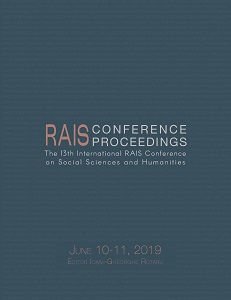The Equity and Inclusion in Higher Education: A Proposed Model for Open Data
The Equity and Inclusion in Higher Education: A Proposed Model for Open Data
Author(s): Carla Hamida, Amanda Landi, Ziyi Liu
Subject(s): Higher Education , State/Government and Education
Published by: Scientia Moralitas Research Institute
Keywords: open data; higher education; blockchain; IPFS; transparency;
Summary/Abstract: Recently, governmental institutions and private industries in power have been pushed to be more transparent so that more people can have ownership of their data. Another type of institution with a large amount of power over data are educational institutions. Colleges and Universities around the globe store a significant amount of data on millions of students, such as financial aid, grades, dropout or graduation, successes after graduation. Each institution is rated with respect to these items and more, and potential students are making decisions to go to the school based on these ratings. Therefore, it is imperative for students, who invest their time and their money into the school of their choice, to know the truth. In 2017, the College Transparency Act and the Student Right to Know Before You Go Act were passed, which were created to push transparency for data in higher education. The openness of data in higher education will be beneficial to prospective students. The push for these two bills coincided with the bitcoin bubble. In the past three years, experts in economics, medicine, and supply chain management have been researching methods on how to implement blockchains to create optimal and decentralized data systems. In this paper, we propose a model for open data in higher education inspired by the Bitcoin, which uses blockchain. When used together with InterPlanetary File System, a peer-to-peer distributed file system, we can create a decentralized platform that increases accessibility of data and autonomy of prospective students.
Book: Proceedings of the 13th International RAIS Conference on Social Sciences and Humanities
- Page Range: 100-106
- Page Count: 7
- Publication Year: 2019
- Language: English
- Content File-PDF

